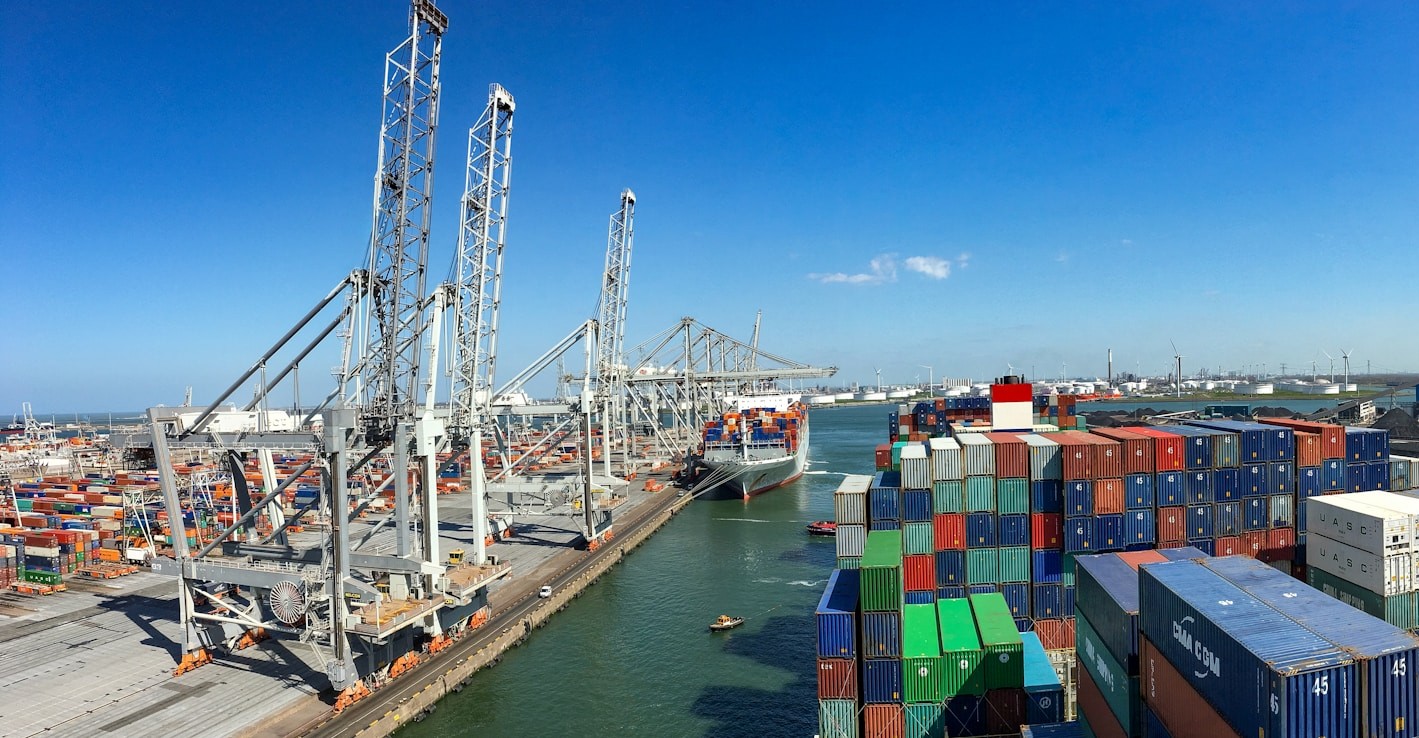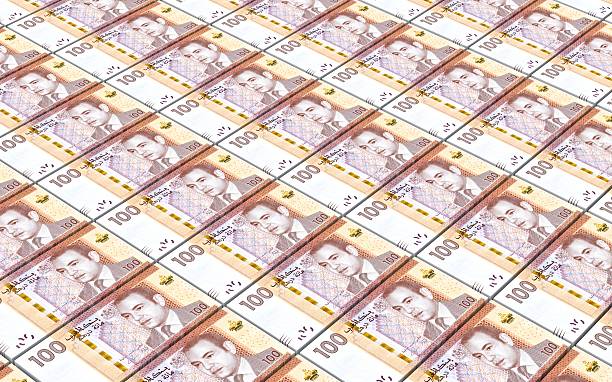Casablanca – The European Union (EU) maintained a positive trade balance with Morocco in June 2025, posting a surplus of more than $545 million, according to recent data from Eurostat. While the figure underscores the continued strength of EU–Morocco trade relations, it also reflects a slight decline compared with May, when the surplus reached $662 million.
Morocco–EU trade flows in June
Figures show that EU exports to Morocco totaled about $3.06 billion in June. This represented an increase from the previous month, confirming Morocco’s position as a key export destination for European goods.
Meanwhile, EU imports from Morocco stood at approximately $2.51 billion, down from $2.65 billion in May. Moroccan goods remain vital for European markets, particularly in the agricultural, industrial, and textile sectors.
The combination of higher exports and reduced imports left the EU with a surplus just above $545 million. Although the surplus contracted compared to May, analysts note that it reflects a sustained trade advantage for the EU and highlights the strong economic interdependence between the two partners.
Broader trade context
Beyond Morocco, Eurostat’s data reveals a wider downturn in global trade flows, particularly between Europe and the United States. Protectionist policies introduced by the administration of U.S. President Donald Trump — including the imposition of additional tariffs — have weighed heavily on European exports. These measures have eroded the EU’s competitiveness in the American market and contributed to an overall reduction in the bloc’s global trade surplus.
The slowdown has not been limited to transatlantic trade. Figures show a general weakening of trade activity across both the eurozone and the EU as a whole, signaling broader challenges for Europe’s external commerce.
Eurozone and EU trade trends
Seasonally adjusted data shows that eurozone exports fell by 2.4% in June compared with May, while imports rose by 3.1%. As a result, the eurozone’s trade surplus dropped sharply to $3.05 billion, down from $17.0 billion the previous month.
At the EU-wide level, the same trend was observed: exports declined by 2.3%, while imports rose by 2.9%. This narrowed the EU’s overall trade surplus to just $1.96 billion in June, compared with $13.9 billion in May.
On a quarterly basis, eurozone exports to non-EU countries fell by 5.9% in the second quarter of 2025 compared with the first quarter, while imports slipped by 2.4%. Trade within the eurozone also edged down slightly by 0.3%.
For the EU as a whole, exports to non-member countries declined by 7.1% over the same period, with imports decreasing by 3.4%. Intra-EU trade, however, remained largely stable, reflecting resilient internal demand within the bloc.
Morocco’s role in EU trade
Despite these wider challenges, the EU’s ability to maintain a healthy surplus with Morocco highlights the resilience of their bilateral relationship. The Moroccan market has proven increasingly important for European exporters, offering a reliable outlet for goods at a time when demand in other regions is weakening.
For Morocco, the figures confirm its growing integration into European value chains, with its exports supplying key industries and consumer markets across the continent. At the same time, the country remains a significant importer of European products, ranging from machinery and vehicles to agricultural goods.
Outlook
While the EU’s overall trade surplus has been under pressure due to global headwinds, its continued positive balance with Morocco points to a strong and enduring partnership. Analysts note that the slight decline in the surplus compared with May should not overshadow the broader trend of consistent and expanding trade ties between the two sides.
As global trade continues to face uncertainty, Morocco’s role as a stable partner may grow in importance for the EU. The sustained surplus suggests that, even amid shifting international dynamics, the relationship between Morocco and the European Union remains a cornerstone of regional economic cooperation.
















